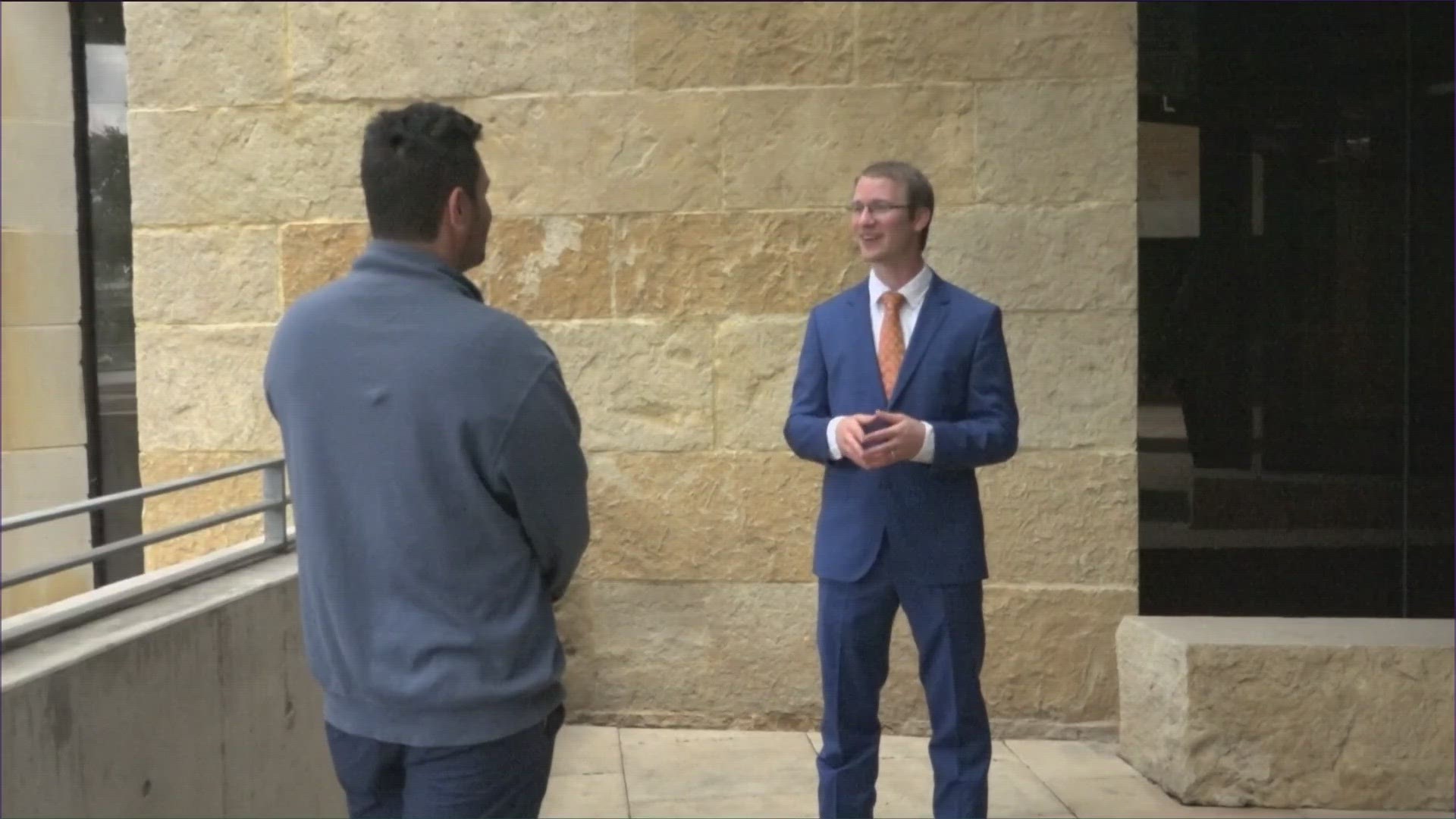AUSTIN, Texas — City of Austin leaders are trying to evaluate what it would take to bury some power lines after an ice storm knocked out power for hundreds of thousand of customers in February.
The February ice storm caused weakened tree limbs to fall on power lines across the City. For some residents, getting the power back on took more than a week. Many first responders were also left in the dark, forcing them to work with limited capacity.
Austin City Councilmember Vanessa Fuentes (District 2) is the sponsor of a resolution calling on the City to build underground power lines with all infrastructure moving forward.
According to Fuentes' Twitter, "Item (58) would evaluate burying lines for ongoing City-funded projects. If there's construction involving our utilities in the City right-of-way ... such as city-owned roads, sidewalks, bike lanes, and other public infrastructure, we want to use that as an opportunity to bury our lines and protect our neighbors."
Councilmembers Ryan Alter (District 5), José “Chito” Vela (District 4), and Mayor Pro Tem Paige Ellis (District 8) are co-sponsors of the resolution.
Alter said he hopes burying powerlines will help prevent widespread outages that last for days.
"People were rightfully very frustrated for how long for power was out, and the communication about when it would be restored. For us, we were without power for over 4 days and didn't know when it was going to come back on, and that was a real challenge so, I think its, really important we take action to avoid that from happening again," Alter said.
After the storm, officials expressed interesting in burying more of Austin's power lines. Austin Energy said in February that most of the power outages during the storm were due to complications with overhead lines and ice weighing on trees, causing them to fall and entangle with lines.
Dr. Michael Webber, a professor at the University of Texas at Austin's Cockrell School of Engineering and Webber Energy Group, said buried power lines are better protected from the elements that made the city lose power in past storms: wind, thunderstorms and ice accumulation.
“Undergrounding would take some time because you’d have to do some trenching or some tunneling and lace some conduits, and get the permissions and the setbacks and the right-of-ways and everything," Webber said. "It’d be a difficult process but if we want power decades from now, I think it’s worth taking the time, frankly.”
Webber said the upfront costs would likely be hefty, but it pays for itself off in the long run. Webber explained that several miles of underground power lines would cost "millions" of dollars.
“Those underground lines fail less often and are cheaper to maintain and last longer," Webber said. "So they might earn back their additional costs through the power outages they avoid."
In a briefing to city council after the ice storm, Jackie Sargent, general manager of the Austin Energy, said buried power lines may not be feasible.
"Many have asked why all of our distribution system isn't underground, only some of it. We've always responded that varying our distribution lines would be prohibitively expensive and very disruptive," Sargent said. "We as a utility know this intuitively, but the community may not. And we don't have a feasibility study that illustrates the extent of what this would take."
Sargent went on to say that she plans to request funding for a study on buried power lines.
On Thursday, March 23, the council passed Fuentes' resolution in hopes of gaining clarity on the feasibility on burying the power lines.
Now the interim city manager and the general manager of Austin Energy are tasked with conducting a feasibility study on both the cost of burying power lines throughout the city and how it could be done. They have 180 days to return to the council with their findings.

